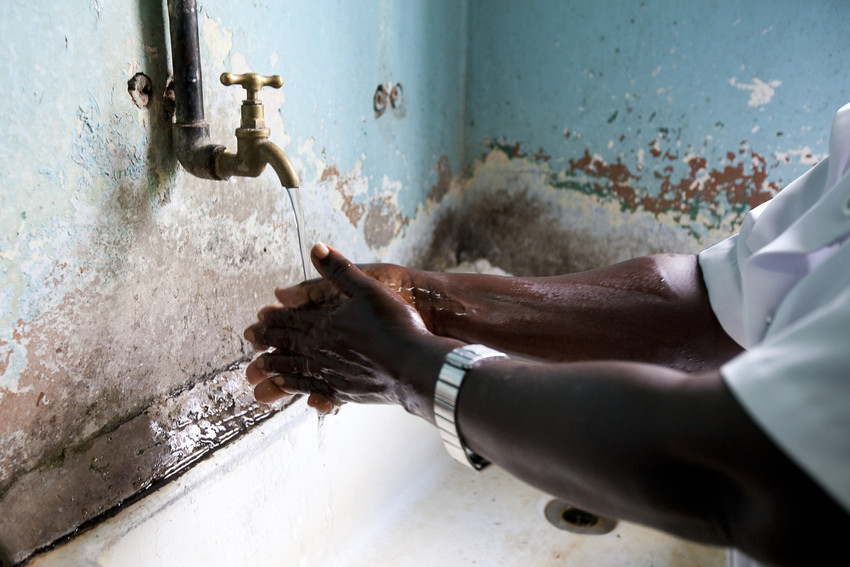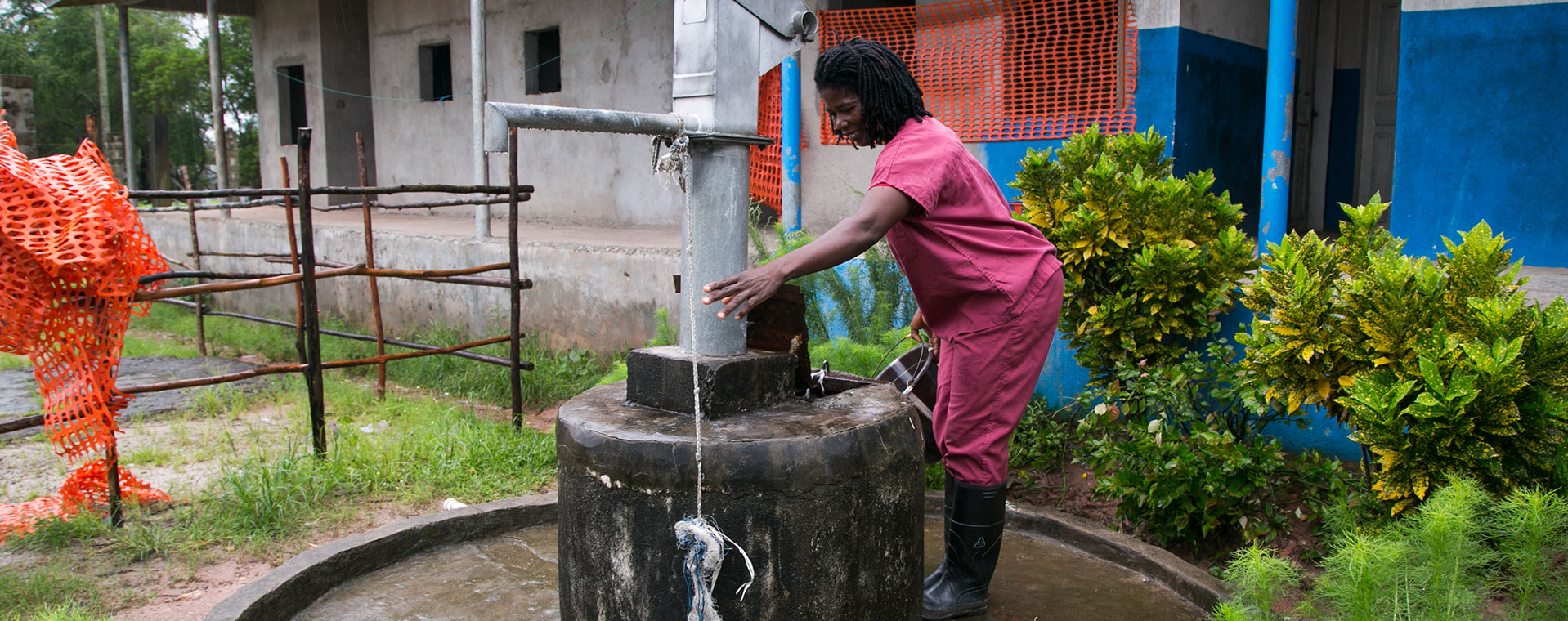
The need for water for hand hygiene during labour and delivery in a low-income country
STORIES |
The Soapbox Collaborative
“I am scared – if there is not enough water how can I be clean, how can my baby be clean?”
Hand hygiene prevents infections and saves lives but there remain many challenges to ensuring action can take place at the right times in every health care setting. The water, sanitation and hygiene (WASH) and infection prevention and control (IPC) global agendas have highlighted many of these challenges and it is widely acknowledged that infections acquired during childbirth are one of the leading causes of maternal and newborn deaths.
In support of WHO’s 5 May 2019 global hand hygiene campaign, a story of hand hygiene from Ethiopia will help others understand priorities for improving this life saving action.
Limited information on water volume requirements for hand hygiene in healthcare facilities currently exists despite the importance of this information in ensuring clean safe births, particularly in resource-poor settings.
To address this gap and provide insights on water requirements, the water volume required for each hand hygiene opportunity was assessed in one hospital in Ethiopia by observing workflow during deliveries. The volume was calculated by multiplying flow rate by hand washing time. Due to the focus on making labour and delivery safer through clean hands, estimates of water requirements were derived by calculating the number of hand hygiene opportunities during childbirth and then the volume required.
In Felege Hiwot Referral Hospital (FHRH) Ethiopia, it was possible to present estimates of the water volume – 4838.4 litres per day or 302.4 litres per delivery. This work was based on applying the recommendations for hand hygiene by the World Health Organization in terms of duration of washing.
The work was supported by a prestigious award from the Wolfson Foundation for the medical student (IAO), and the study design in Ethiopia was informed by prior work in the Aberdeen Maternity Hospital and with guidance from a senior midwife and water engineer at NHS Grampian. In Ethiopia, the project was approved and endorsed by the Hospital Medical Director and Consultant Obstetrician, Senior Midwife and the Quality Improvement team.
Water requirements can be variable due to the nature of childbirth in different settings. However, as they are often not currently met in low-income countries, in terms of performance of hand hygiene, there is a large gap between recommendations and practice. This puts mothers and newborns at risk, as well as health workers.
Knowing the volume of water required for hand hygiene has significant implications for water requirements within maternity units, particularly in resource-poor settings, which needs to be acted upon now.
Findings about the required water volumes have been fed back. The key issue of letting the tap run at full flow as indicated in WHO guidance versus turning off and risking contamination from the tap is worthy of consideration and will also inform water storage requirements for planned refurbishment of the participating hospital. Use of monitoring tools will be important going forward and it is hoped that the forthcoming World Health Assembly proposed resolution will also help progress in country.
To prevent the inappropriate use of antibiotics, especially considering the lack of laboratory capacity in Ethiopia, adopting an approach to improve hand hygiene with the aim of preventing infections in the first place was deemed essential for the expectant mothers attending FHRH. Knowing that some women had already experienced avoidable infections including some that resulted in sepsis, the medical student spent time in the delivery room to see if hand washing was being performed at the right times.
The WHO 5 Moments for Hand Hygiene were noted and it was clear there were problems with cleaning hands before the delivery procedure as there was just not enough water and the flow from the taps was poor. The delivery procedure should be a clean procedure as recognised by those in the community.
“I want my patients to be safe, I want to raise awareness to the need for the right amount of water to be available in the delivery rooms”.
To read more on this work see the full publication by Iyabo Adekunle-Olarinde.
Photo and research acknowledgements: © Iyabo Adekunle-Olarinde; © 2012_Lemanipulite.it_Courtesy of flickr. Supervisors and local contact – Wendy Graham, Jolene Moore and Suzanne Cross, Anne-Marie Rennie and Dr. Bazezew
